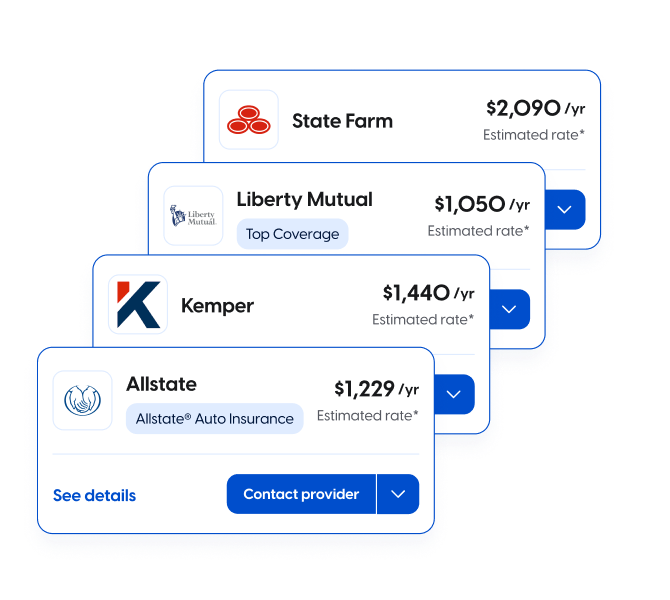How insurance rates are calculated
Insurance companies have rating plans that detail how they determine premiums based on factors like your location, driving history, credit score, and more. These rating plans are submitted to state departments of insurance which check to make sure the plans are fair, affordable, and meet all state regulations.
What is a rating plan?
Essentially, a rating plan outlines the insurance company’s algorithms for determining car insurance rates based on driver profile. The rating plan is a set of rules that show how much each personal factor impacts the price of car insurance for a given driver insuring their specific vehicle in a given zip code.
How do rating plans work?
Rating plans are complicated beasts. In the most basic terms, you can think of rating plans like this: they start with the zip code. Then, within the zip code they show how much car insurance costs for the vehicle. Then, they add or subtract from the total cost based on the driver’s age, driving history, and personal factors.
Trust us – we’ve spent a lot of time looking at and trying to decipher insurance company’s rating plans, and they’re a doozy. There’s a ton of detail that goes into each.
Why do insurance companies use rating plans?
Insurance is regulated by the state department of insurance. The state department of insurance needs to review the rating plans to make sure that insurance prices remain fair and affordable for the state’s residents.
What is a rating engine?
A rating engine is the insurance company’s technology that calculates rates using its complicated algorithm. This is different from their rating plan because it considers live data inputs from the driver who is looking for insurance (actual address vs zip code, actual driving record vs hypothetical incidents, etc.). Results from the rating engine are your actual quotes; not just estimates.
